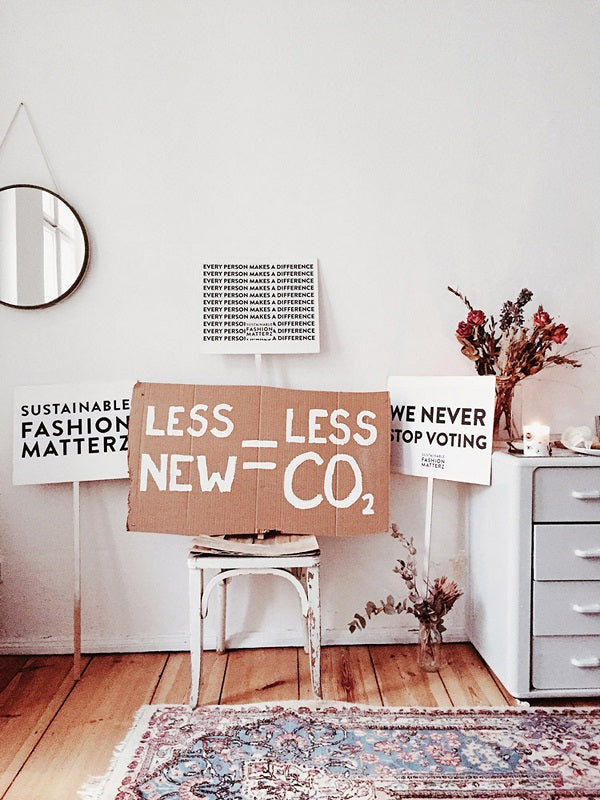
Why sustainable fabrics?
Share
Sustainability has become a major concern in today's world, as the depletion of natural resources and the increasing environmental problems are threatening our planet's future. The fashion industry is one of the most significant contributors to these problems, but there is a growing trend towards sustainability in the fashion industry, which includes the use of sustainable fabrics.
Sustainable fabrics are textiles that are produced in an environmentally and socially responsible way. They are made from natural or synthetic fibers that are either grown organically or recycled from existing materials. These fabrics are designed to reduce the environmental impact of the fashion industry by reducing the use of water, energy, and chemicals in the production process.
One of the most popular sustainable fabrics is organic cotton. This is grown without the use of synthetic pesticides and fertilizers, which reduces the amount of harmful chemicals that end up in the soil and water supply. Organic cotton is also more sustainable because it uses less water and energy in the growing process. It is a versatile fabric that can be used for a wide range of clothing items, from t-shirts to dresses.
Another sustainable fabric is hemp, which is grown without the need for pesticides or fertilizers. Hemp is a fast-growing crop that requires less water and energy to produce than cotton, making it a more sustainable option. It is also a strong and durable fabric that can be used for a variety of clothing items, including jeans, jackets, and bags. In addition, it is fantastic for reusable products, such as un-paper towels, cloth diapers and pads.
Bamboo fabric is another example of sustainable fabric. The bamboo plant is a renewable crop, which requires very little water, and no pesticides or herbicides, while releasing 35% more oxygen than cotton. The process of transforming the bamboo into fabrics is well contained and monitored, and no harmful substances are found in the finished product. The fabric is very soft, comfortable and breathable, and it can be reused many, many times. It is perfect for clothing, active wear, and many reusable items, such as washcloths, makeup removals, cloth diapers and pads.
Recycled fabrics are another sustainable option. These are made from materials that would otherwise be discarded, such as plastic bottles or old clothing. Recycled fabrics help to reduce waste and the environmental impact of the fashion industry. They can be used to make a range of items, from activewear to accessories.
In addition to the environmental benefits, sustainable fabrics also have social benefits. They are often produced by companies that prioritize fair labor practices and worker safety. This ensures that the people who make our clothes are treated fairly and are not exposed to harmful chemicals or working conditions.
In conclusion, sustainable fabrics are becoming more popular in the fashion industry as consumers become more aware of the environmental and social impact of their clothing choices. Organic cotton, hemp, bamboo, recycled fabrics, are just a few of the sustainable fabrics available. By choosing sustainable fabrics, we can reduce our environmental impact and support companies that prioritize fair labor practices.
